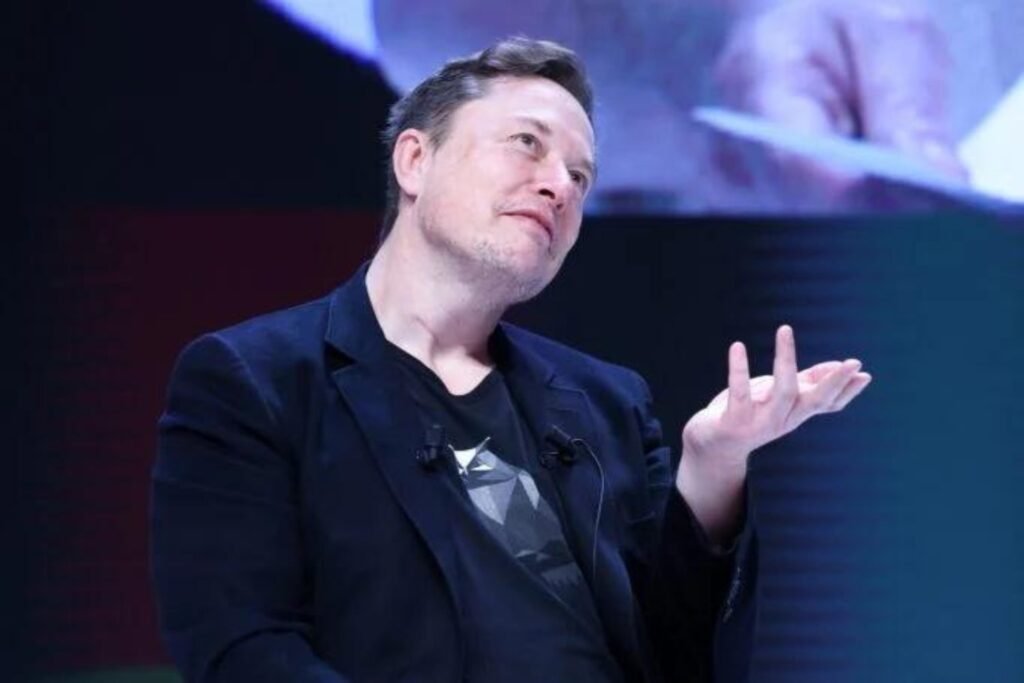Elon Musk’s Billion-Dollar Bet: Racing Against Time to Outsmart ChatGPT, While Facing Alarming Environmental Consequences

Following the successful launch of GROK-2, Elon Musk has made another significant move in the AI race with the introduction of xAI and the powerful supercomputer Colossus. With an initial investment of over 2 billion euros, this technological marvel is specifically designed to train the GROK language model, surpassing its predecessor by leaps and bounds. The sheer magnitude of Colossus is mind-blowing, fueled by 100,000 NVIDIA H100 GPUs and plans to incorporate an additional 50,000 H200 chips to double the AI acceleration performance.
The Environmental Impact: A Cause for Concern
Despite the groundbreaking technological advancements that Colossus promises, its construction has sparked controversy. The AI being developed by Musk could potentially have significant environmental consequences. Estimates indicate that this supercomputer will require 150 megawatts of energy and up to a million gallons of water per day solely for its cooling system. This has sparked worries about the ecological footprint of such developments, especially at a time when sustainability is a top global priority.
A Project with a Deadline
Musk has set a deadline for the launch of GROK-3, the latest language model, by December of this year. With the introduction of Colossus, the new AI is projected to be up to seven times more potent than its predecessor, representing a significant milestone in the evolution of language models. However, the journey towards this achievement is fraught with challenges and uncertainties, not only in terms of technical capabilities but also regarding the potential ecological and ethical implications.
As Musk’s ambitious quest to dominate the realm of artificial intelligence progresses, the pivotal question remains: at what cost?




